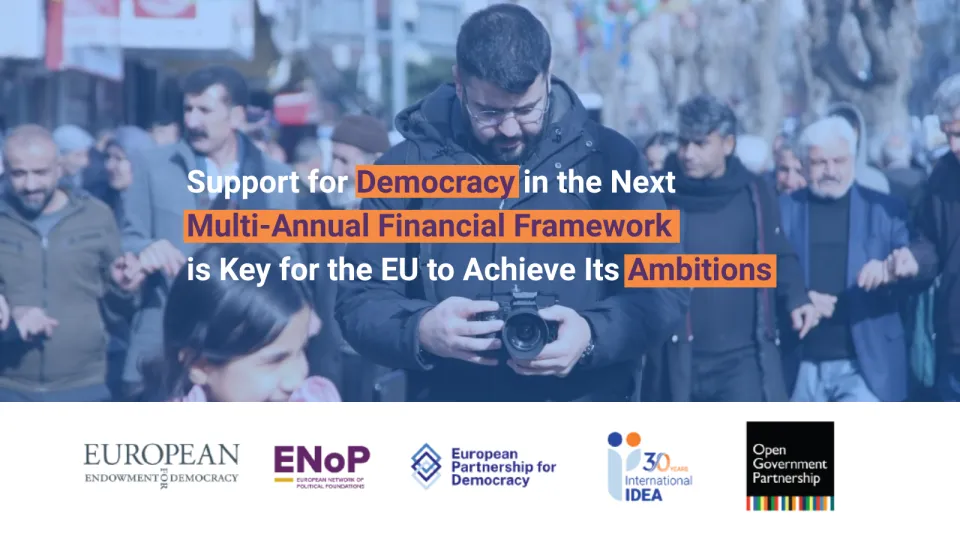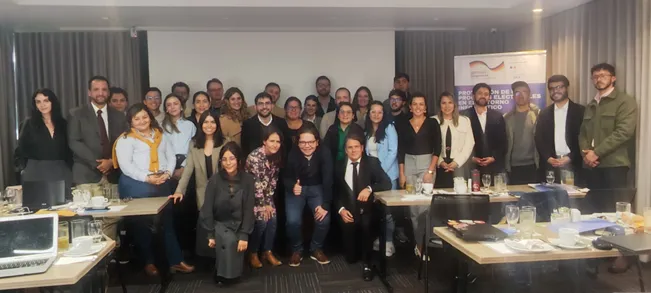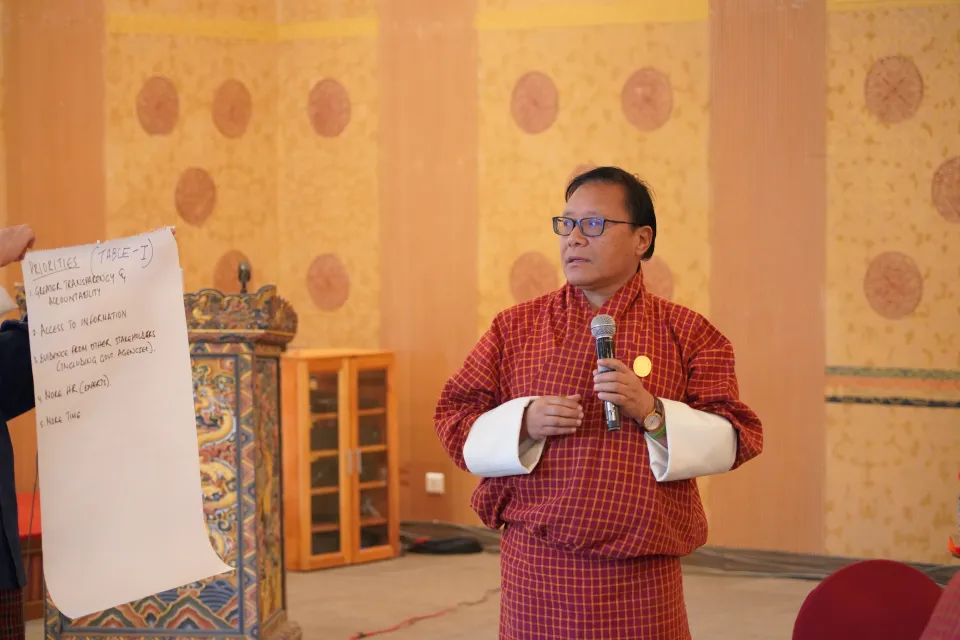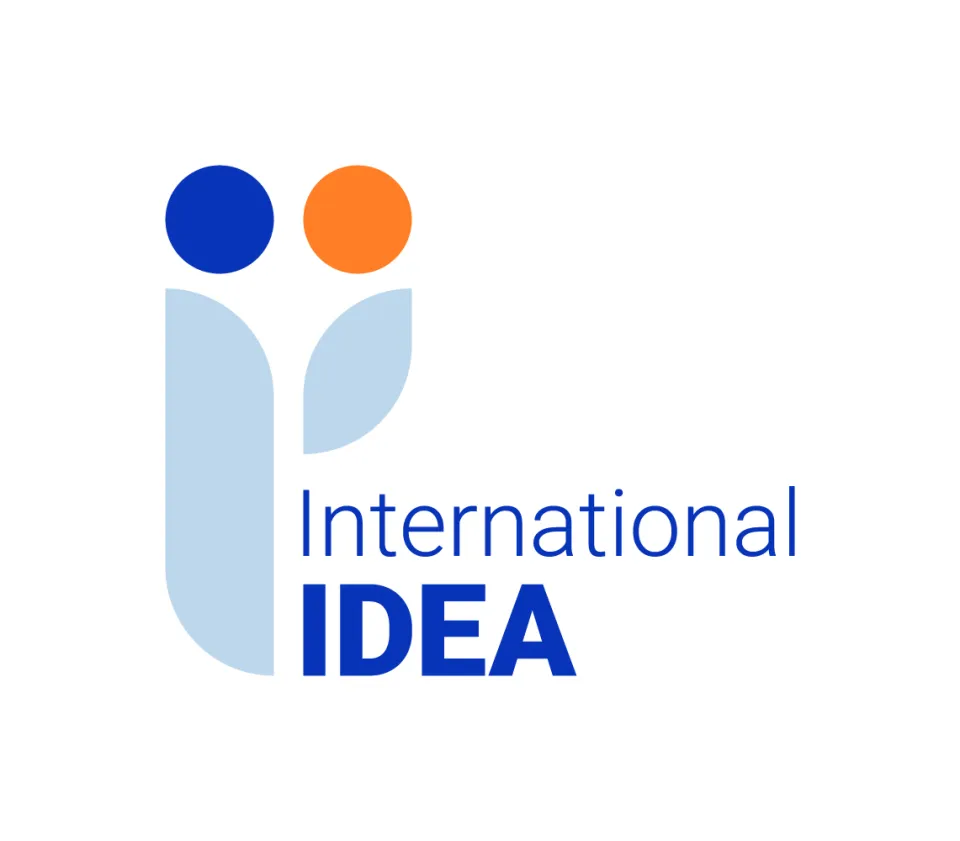Gender equality: driver and objective to electoral integrity
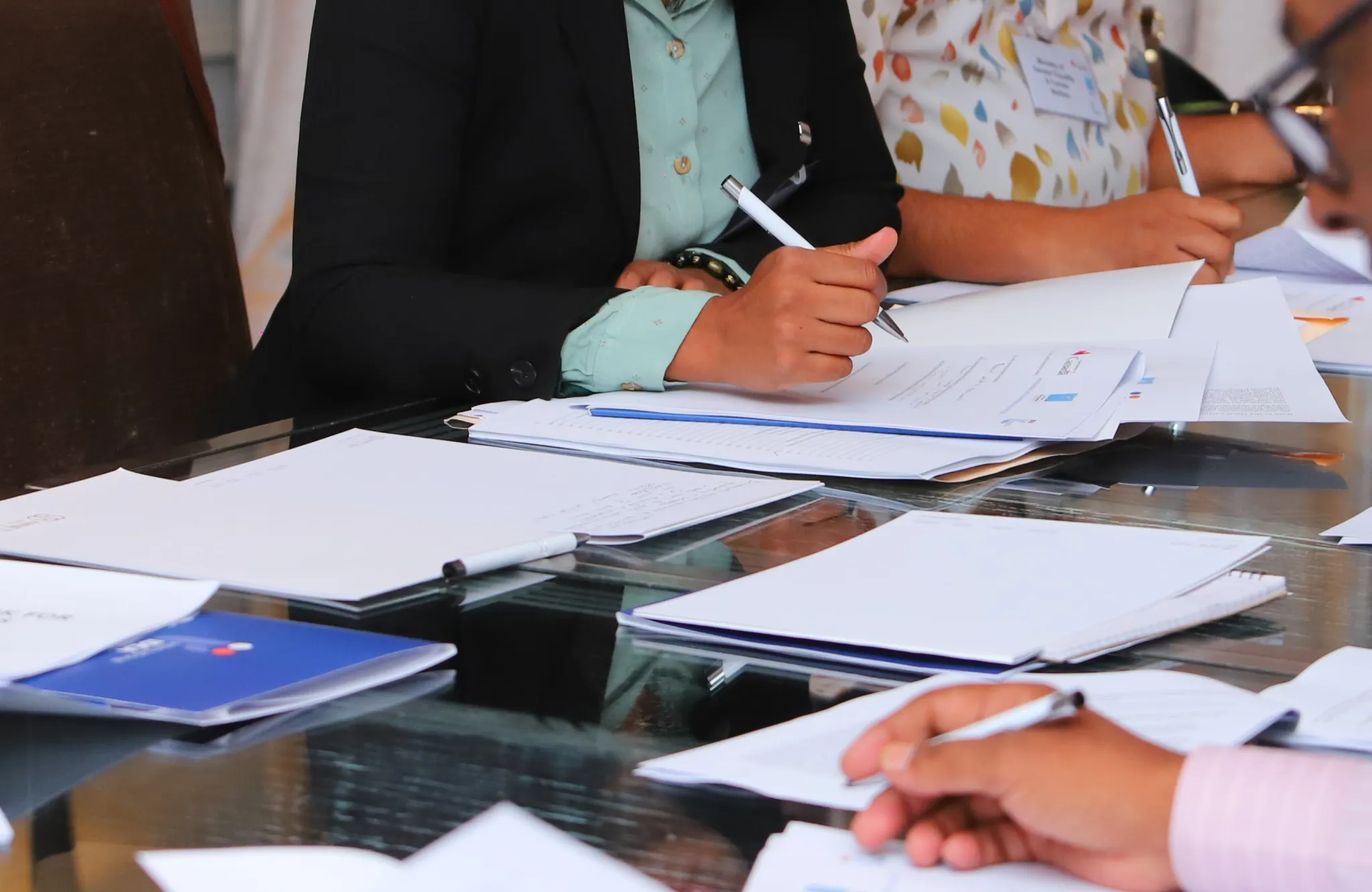
International IDEA’s work to support electoral stakeholders in their efforts to protect the integrity of elections places significant emphasis on promoting gender equality and inclusion. Through an Integrated Framework for Protecting Elections the Institute promotes the use of gender-sensitive risk management, resilience-building, and crisis management methods in dealing with electoral risks, threats and crises. With the generous funding by the Government of Canada, this work is now being advanced through a three-year project implemented in various countries around the world. One of the objectives of the project is to develop a set of gender-sensitive global public goods – including a guide for practitioners, a self-assessment tool, a training curriculum and resources’ toolkit– that will inspire, enable and empower electoral management bodies (EMBs) in protecting the integrity of electoral processes.
Adopting a gender-sensitive approach is crucial to ensure that methods to protect elections are effective, inclusive and linked with the broader democratic agenda and sustainable development goals. It is well known that women, men and non-binary people experience, perceive and identify risks, threats and crises differently. Yet, related electoral management methods and responses are often formulated in a gender-neutral and value-free manner. This rests on the assumption that suggested responses would equally benefit all voters, candidates, election officials, etc. However, structural gender inequalities are still embedded in our society and in democratic processes. For example, even when laws treat women, men and non-binary individuals as equals, women and non-binary individuals often do not have equal access to and control over resources and assets necessary to participate in politics on equal terms with men.
When resources, policies and practices to protect electoral integrity focus on target groups defined in broad terms (e.g., no distinguishing between women, men and non-binary people) they are likely not neutral, but gender blind. Although it may not be intentional, a course of action promoted by these methods often impact women, men and non-binary people differently and may, at worst, strengthen gender inequalities.
In electoral processes, this can be exhibited in various ways depending on the context and the challenges at hand. For example, an increasingly widespread challenge faced by EMBs around the world is malign influencing practices – such as mis- and disinformation – in the information environment around elections. As research shows, electoral officials are often targeted differently depending on their gender and other social characteristics. Women tend to be disproportionately affected and exposed to disinformation, harassment and violence online, including on social media. Given this reality, efforts put in place to mitigate the risk of mis- and disinformation and online violence need to consistently and systematically take into account gender-based differences. If these differences are ignored, the suggested remedies may run the risk of being inefficient or even exaggerating already existing biases and discriminatory patterns.
Another example relates to the impact of natural hazards on the integrity of elections. These types of disasters can cause elections to be postponed, impact electoral operations, affect campaigns, and voter turnout. EMBs have always had to cope with natural hazards, but the threat has become more apparent in recent years and therefore put more pressure on many EMBs. This requires adopting new approaches to protect elections. Given that women and marginalized groups are disproportionately vulnerable to the impact of natural hazards, it is crucial that responses adopted by EMBs consider the different needs and realities of women and men. For example, if recurrent floods during election period forces EMBs to identify alternative locations for polling stations, it is equally important that the EMB considers how accessible these new locations are for all voters, including women in all their diversity.
Disinformation and natural hazards are just two examples of challenges that EMBs need to tackle in a gender-sensitive manner in order to effectively protect electoral integrity. As known, the challenges that EMBs face are multiple and diverse, and they vary from country to country. However, as expert discussions have demonstrated, integrating a systematic gender analysis across all electoral processes and activities, is crucial to protect elections no matter the challenge. Because of this, the set of global public goods that are being developed as part of International IDEA’s Protecting Elections project will all promote gender-sensitive solutions to electoral integrity challenges. Details on how gender sensitivity is integrated into different types of resources are below:
-
The Guide to Knowing and Using the Integrated Framework Protecting Elections emphasizes gender sensitivity as an integral part of the broader effort to protect electoral integrity. In addition, it defines “Gender-based discrimination and violence” as one of eight key electoral integrity challenges globally, and it provides practical directions and examples on how to ensure gender-sensitive and inclusive actions.
-
The Self-assessment Tool integrates gender in its methodology and approach. Concretely, when answering questions about processes to protect electoral integrity (risk management, resilience-building, and crisis management), users are also required to provide information on whether and how these processes are gender-sensitive (in relation to specifically provided definitions). The answers to these questions allow users to obtain insight about the gender-sensitivity of their protecting elections efforts.
-
The Protecting Elections Training Curriculum integrates gender and diversity throughout all the curriculum’s modules, activities and materials for participants and facilitators. A specific activity on Gender-Responsive Crisis Management in Elections has been developed as part of the module. In addition to the theoretical part, a practically focused activity on “How to Make Gender-Responsive Crisis Management Happen?” is included to give participants practical tools for implementation. A specific activity on “Building Resilience in the Face of Gender-Based Discrimination and Violence” will also be developed. Finally, specific instruction materials for facilitators have been produced to support a gender-sensitive and inclusive delivery of the training curriculum.
-
The Protecting Elections Resources’ Toolkit includes a feature that allows users to identify resources that specifically refer to gender-based discrimination and violence. It also provides the “gender-sensitivity” filtering option, allowing users to identify other gender-sensitive resources (remedies for other electoral integrity challenges).
The public goods will be made available by the end of the project in 2025, but we hope our approach can serve as inspiration to other organizations who engage in similar tasks. However, we acknowledge that this is a learning process and welcome any feedback, ideas and collaboration on these topics.

